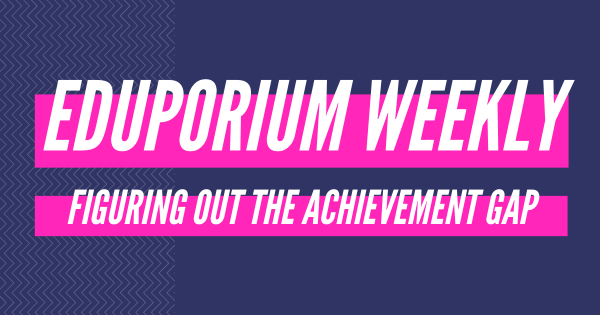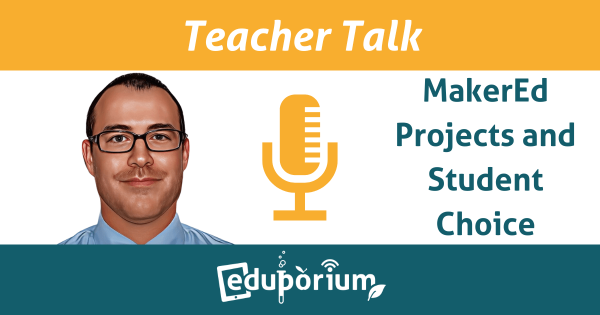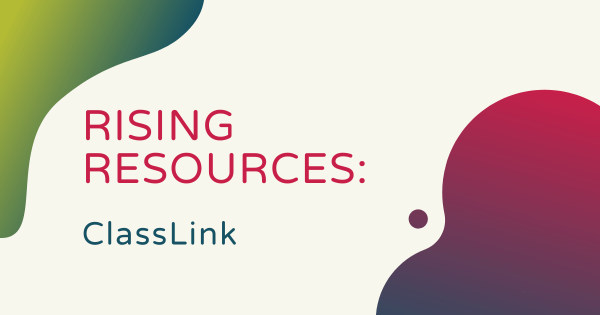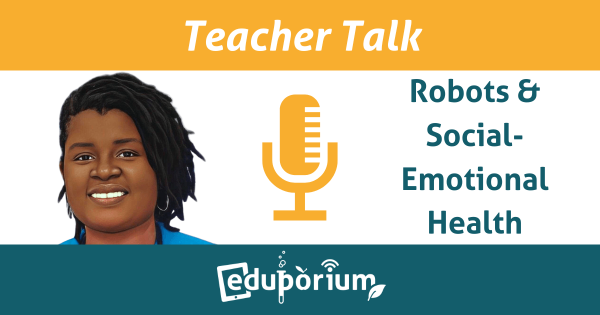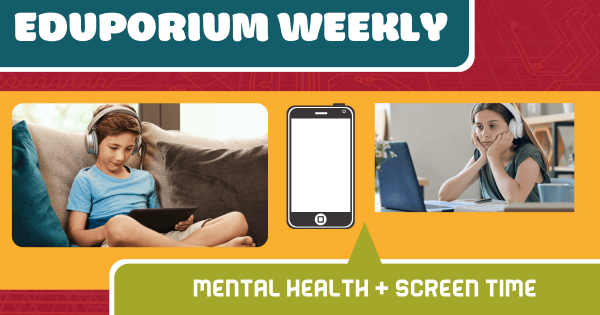When we talk about achievement gaps in education, we’re usually referring to measurable variance in achievements among students from different but often inherent groups. These include gaps in grades, attendance, and even soft skills development, and how not having truly equitable opportunities is affecting them. Moving forward, preventing and shrinking said gaps is key.
Equity
In terms of offering students the experiences and resources they need, equity has emerged as a huge focal point. With equity concerns in education that were exacerbated by the pandemic, school leaders began realizing just how uneven some aspects of learning were for some students. Not every child in every area has access to the same learning opportunities—especially pervasive in STEM education. And, though varying (and sometimes unavoidable) factors create these inequities, they can substantially affect the children involved. Thankfully, many 21st century educational technology solutions now also have built-in features for advancing equity. While remote learning is behind us, we learned so much during that time. It's crucial that both teachers and officials come together to always remember that every student's situation is different. In doing this, it is easier to consider equity factors all the time.
Some have full access to tech tools and the Internet, some learn more quickly than others, and some even have different levels of tech proficiency, which all contribute to positive classroom experiences. At the same time, technology can serve as a powerful equalizer in education that breaks down barriers and strengthens equity. Access to digital resources often helps bridge the digital divide, simultaneously unlocking opportunities for more relevant learning and personalized instruction. By fostering level playing fields, technology ensures that children, regardless of existing socioeconomic factors, can access quality educational content, collaborate on projects, and develop crucial digital skills. This, in turn, will promote a more equitable and inclusive learning environment. And, with fewer barriers, all kids can enjoy success. Explore some of our content below and how it can help advance equity in your school.
-
SEL And Equity: Truly Teaching Today's Students
With SEL in the classroom, ensuring that every student feels heard, valued, respected, and advocated for are each among the biggest drivers as we all aim to collectively increase equity in education. When teachers meet these conditions, kids often feel more comfortable in their learning environments, which can spark added achievement when their emotional state is strong.
-
Celebrating AAPI Scientists And Innovators
Representation in STEAM fields remains invaluable, especially considering that lack of visibility among AAPI individuals. For this AAPI Heritage Month, we’re excited to recognize major accomplishments of these STEM leaders, who have made great strides in areas like computer science, public health, treating illness, or tracking storms all while continuing to improve our lives.
-
Digital Inclusion: Why Is It So Important In Education?
With information and communications technology (ICT) generally regarded as one of the top sectors across the current workforce, the need for digital literacy proficiencies are now much more urgent across education and that starts with improving digital inclusion and equity in every classroom. We all can help slim the digital divide so digital inclusion is a right not a privilege.
-
Teacher Talk | MakerEd Projects & Student Choice
The versatility of maker education means students get more opportunities to choose how they learn best. For neurodivergent kids, underrepresented students, and others, MakerEd projects can improve engagement, agency, and retention. Makerspace director, Nicholas Provenzano, known as “The Nerdy Teacher,” shares benefits of those projects in this Teacher Talk post.
-
Rising Resources | ClassLink And Single Sign-On
ClassLink helps classroom instructors and education administrators at any levels remove some of the problematic accessibility barriers their students might experience when searching for high-quality learning resources. Their platform is used in over 2,200 school systems across all 50 states and can help maximize learning time, simplify rostering, and improve digital access.
-
Teacher Talk | Robots & Social-Emotional Health
The skills kids acquire through hands-on STEM activities can help prepare them to show resilience or emotional intelligence when they face adversity as well as helping them learn to navigate modern-day challenges. Dr. Pam Davis founded pop-up makerspace company, Wellbotics, and learned this early on. Here, she talks SEL, social justice, embodied learning, and more.
-
Striving For Equality And Starting With Equity In Education
Whether it is recovering from remote learning setbacks, addressing gaps in technology access, or focusing on SEL recovery, things got really tough on many students. Plus, since not all students in all geographical areas and of all socioeconomic backgrounds have access to all the same opportunities, it’s easy to understand that certain achievement gaps will persist.
-
Student Mental Health And Their Screen Time
While other pandemic-induced issues, like inequity, isolation, relationships, and SEL have been crucial focal areas, the effects of too much screen time on their daily development have also caught up with many students. As we continue to hone in on student mental health concerns, it’s often important for parents and educators to keep digital wellbeing in focus for kids.
-
Eduporium’s Rick Fredkin: Our Black Founder’s Path In STEM
Eduporium’s co-founder, president, and CEO, Richard Fredkin, never really had what many tech executives would consider as a traditional start in the industry. That’s fine with him, however, since he’s found himself in a place that not too many other Black men have found themselves: in the leading role at a technology company. Learn more about his unique start inside.




